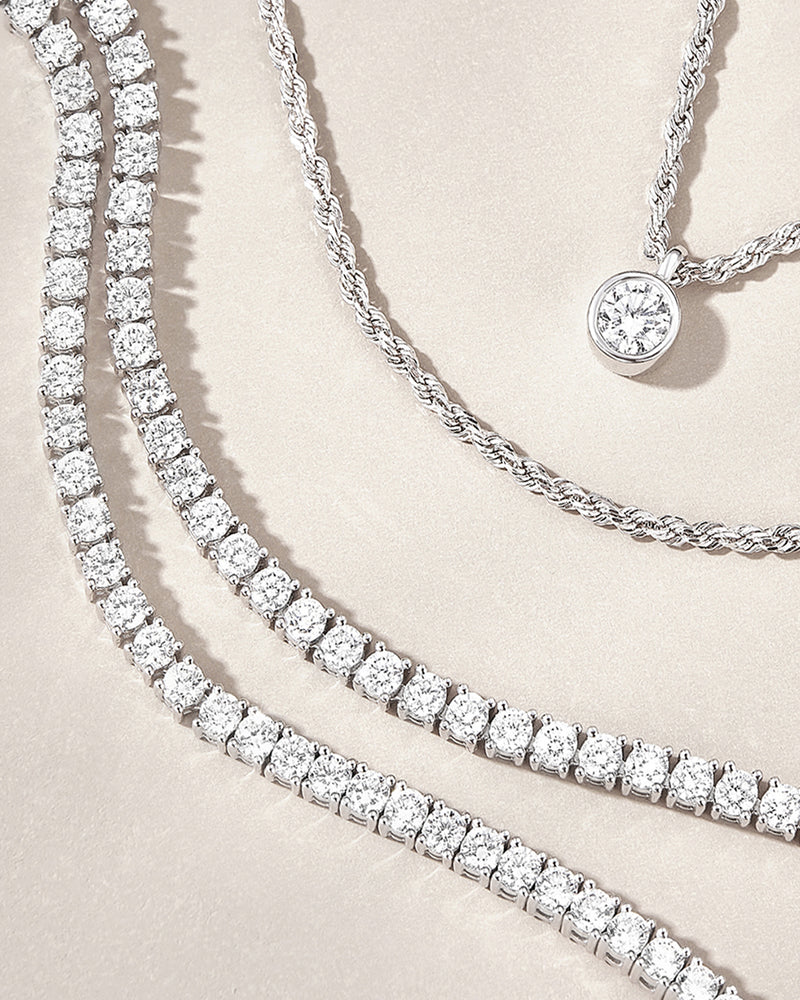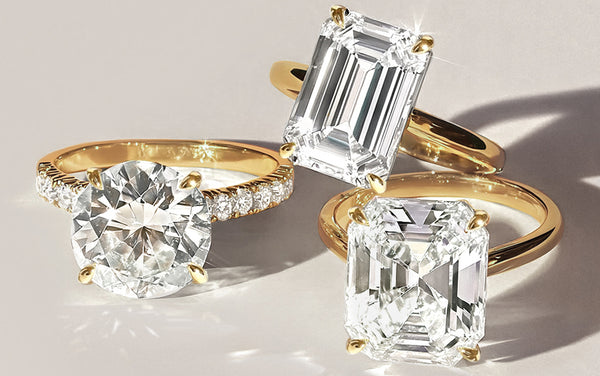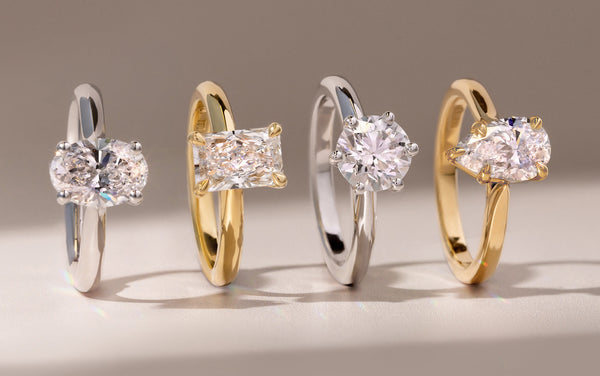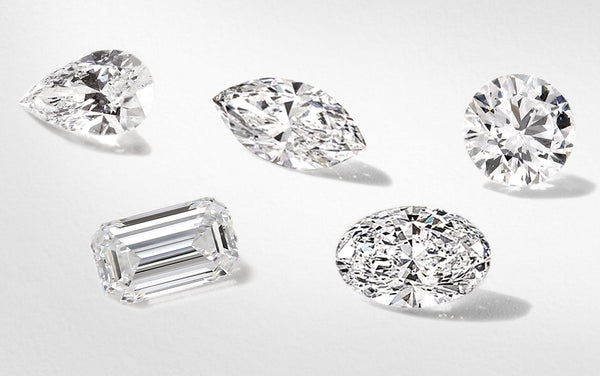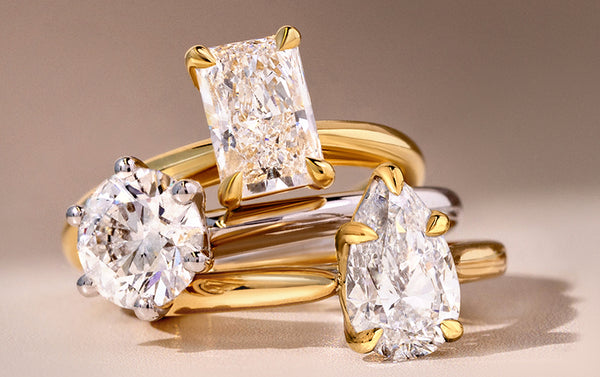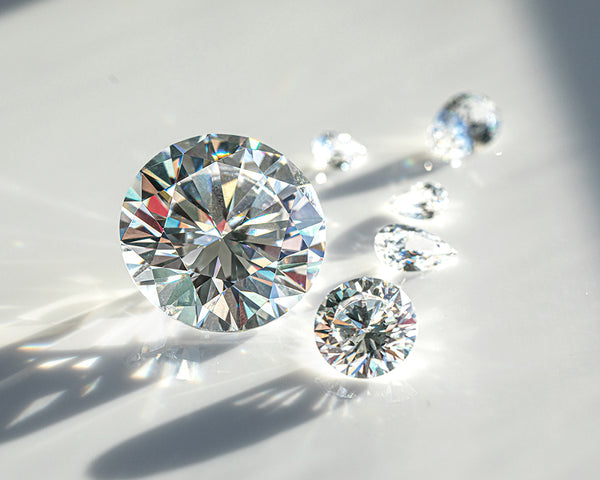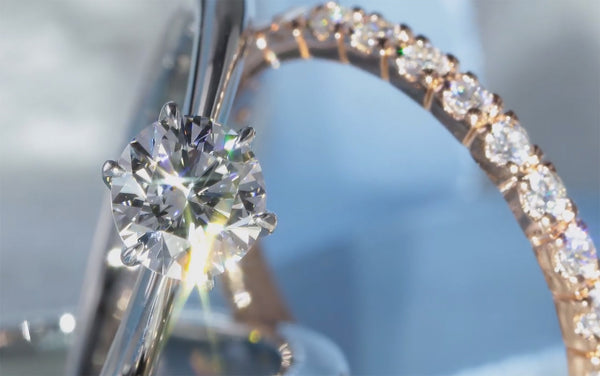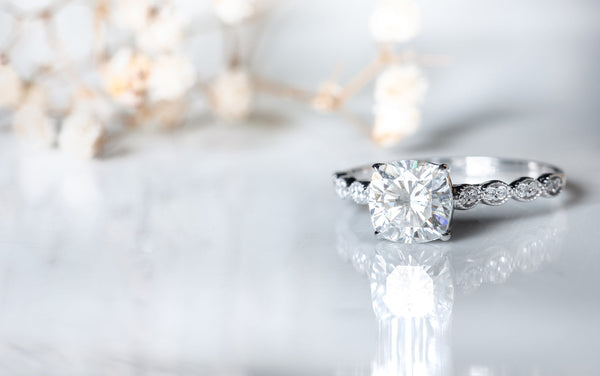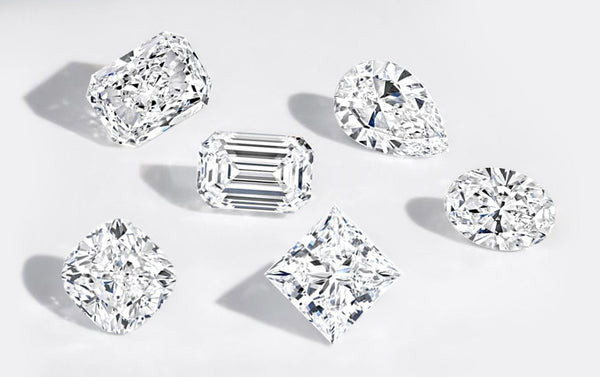High Pressure High Temperature (HPHT)
The HPHT process imitates the extreme heat and pressure present in the mantle of the Earth, where natural diamonds form. A small diamond seed is placed in a chamber with a pressurized environment, along with a carbon source. The pressurized chamber is subjected to the extreme pressure of over 7,000 atmospheres and temperatures above 1,500°C.
The carbon reacts to the pressure and heat, breaks down, and reorders itself crystallizing onto the diamond seed to a rough diamond under these extreme conditions. It will follow a predetermined temperature gradient and create a natural diamond—identical to one mined from the Earth.








